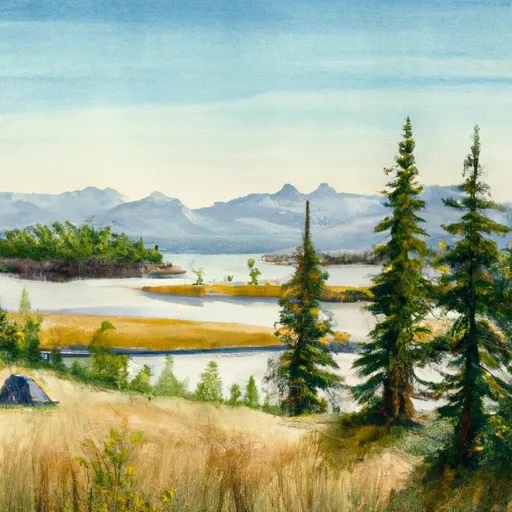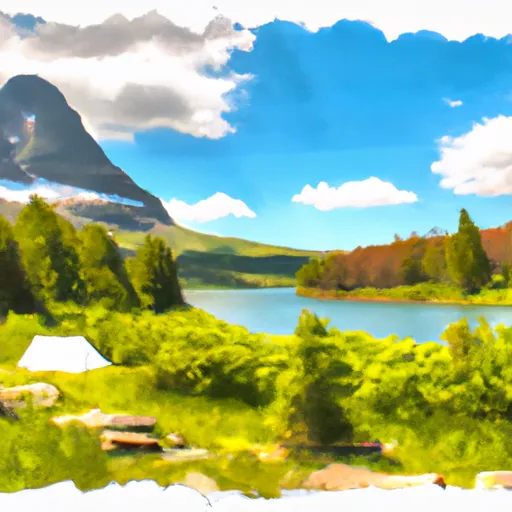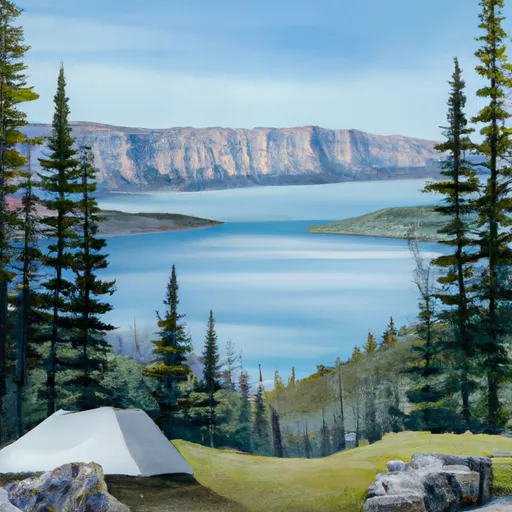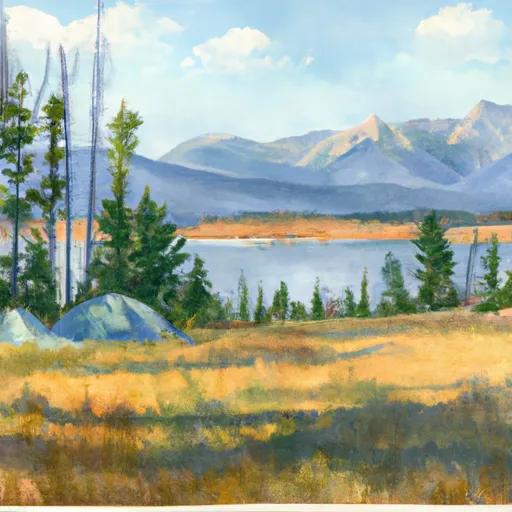Summary
Helen is a prominent peak located in the Rocky Mountains mountain range. Rising to an impressive elevation of 12,573 feet, it stands as a majestic landmark in this rugged region. With its towering presence and stunning vistas, it attracts mountaineers and adventurers from far and wide.
During the winter season, Mt. Helen experiences a diverse range of snowpack conditions. Snow accumulation can vary greatly depending on elevation and local weather patterns. Higher elevations often receive heavier snowfall, while lower slopes and valleys may have lighter accumulations. This variability makes Mt. Helen an attractive destination for winter sports enthusiasts, offering a range of conditions suitable for skiing, snowboarding, and snowshoeing.
Rain and snowmelt from Mt. Helen contribute to the flow of several creeks and rivers in the surrounding area. One notable example is the nearby Helen Creek, which originates from the mountain's glaciers and snowfields. This pristine water source supports a diverse ecosystem and provides vital nourishment to various flora and fauna downstream.
The name "Mt. Helen" honors Helen Gompertz, an early settler in the region who played a significant role in the local community's development. While there are no specific legends or lore associated with this mountain, its awe-inspiring presence and natural grandeur have undoubtedly captured the imagination of those who have encountered it throughout history.
Please note that the information provided is based on multiple independent sources and should be verified for accuracy.
Weather Forecast
Regional Streamflow Levels
9
Cubic Feet Per Second
4,310
Cubic Feet Per Second
268
Cubic Feet Per Second
361
Cubic Feet Per Second
Area Campgrounds
| Location | Reservations | Toilets |
|---|---|---|
 No Name Lake
No Name Lake
|
||
 Upper Two Medicine Lake
Upper Two Medicine Lake
|
||
 Oldman Lake
Oldman Lake
|
||
 Cobalt Lake
Cobalt Lake
|
||
 Lake Isabel
Lake Isabel
|
||
 Upper Park Creek
Upper Park Creek
|
